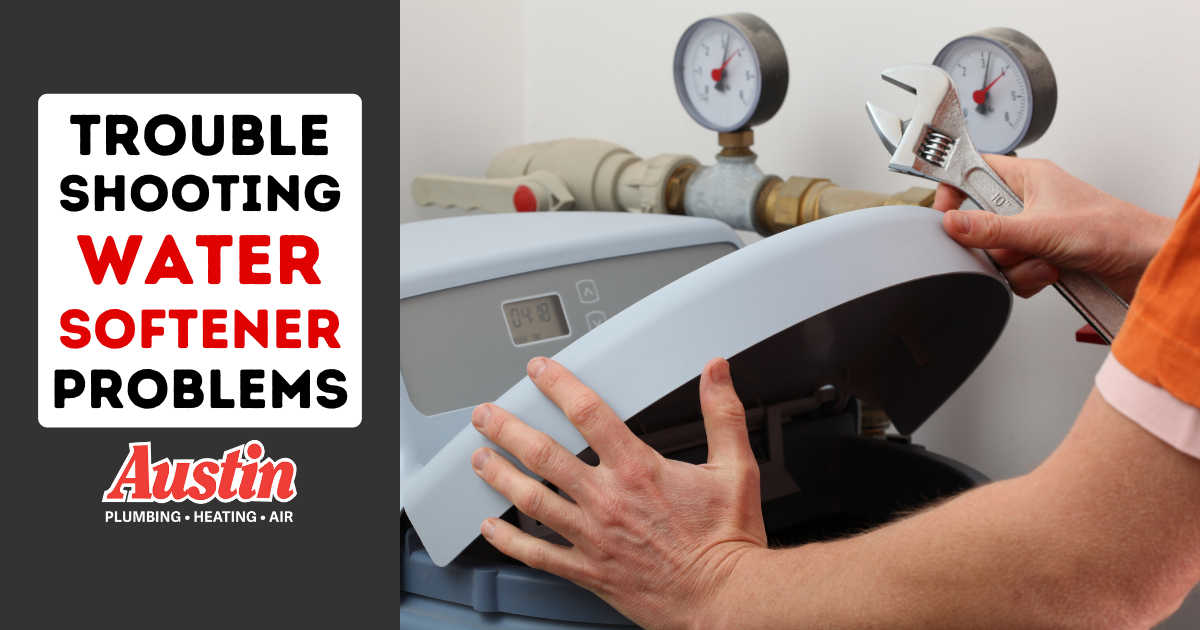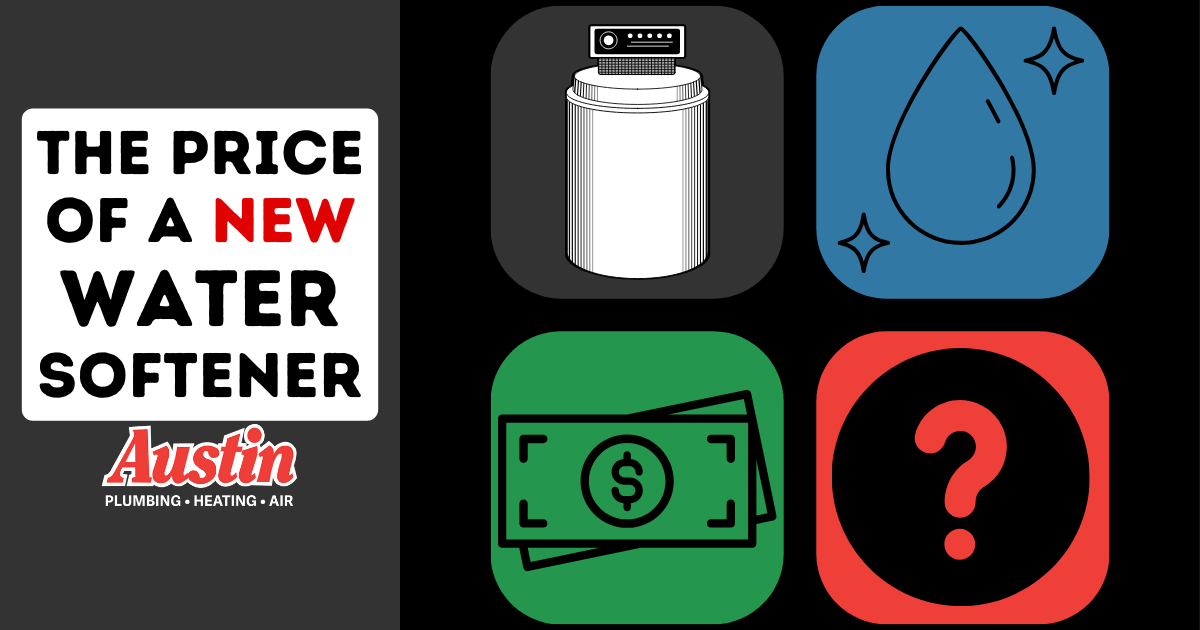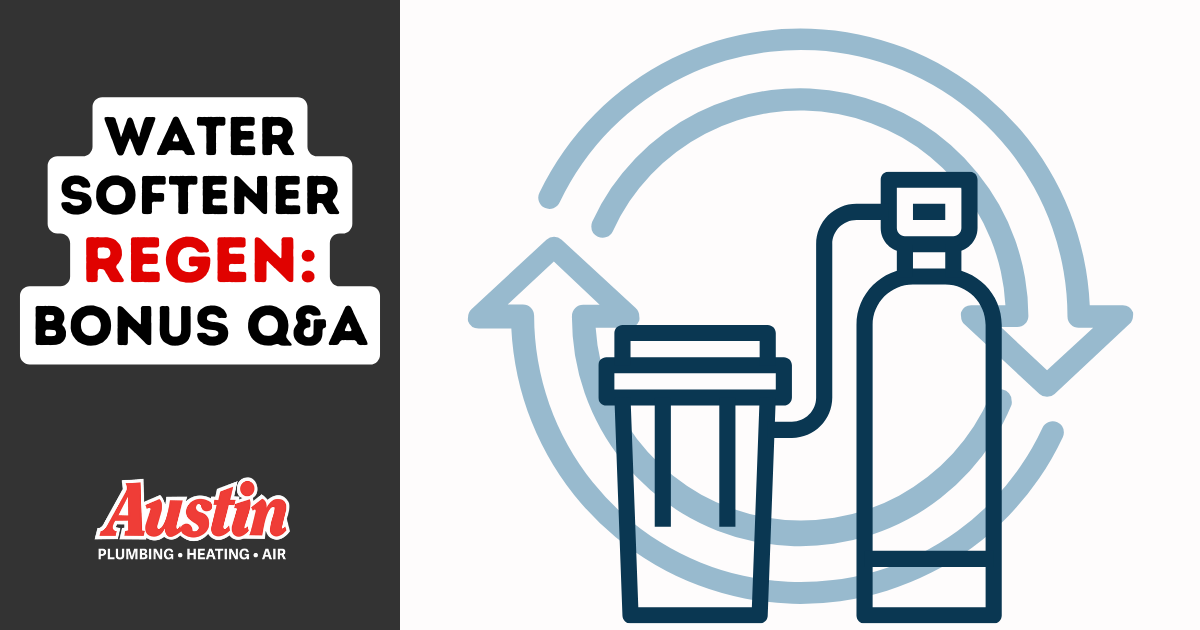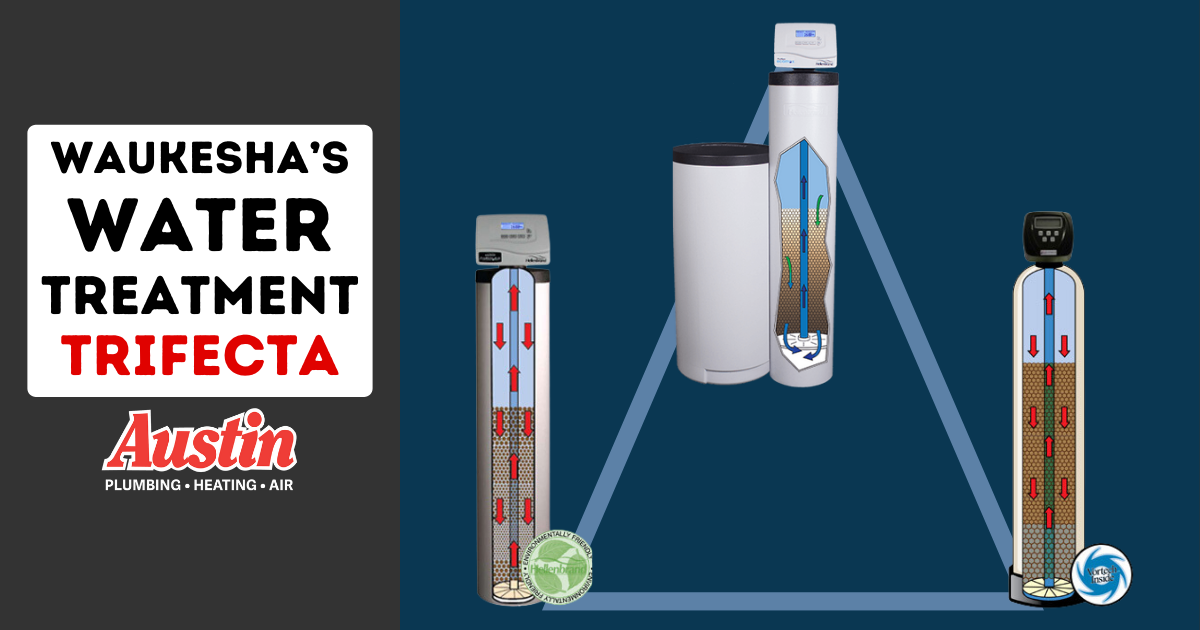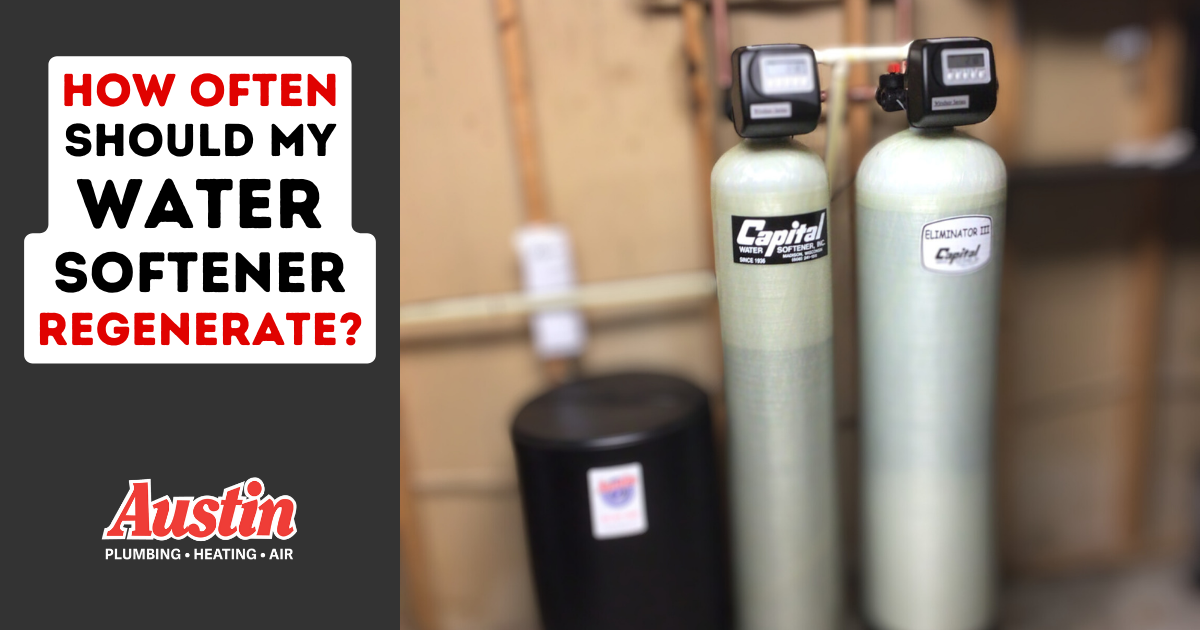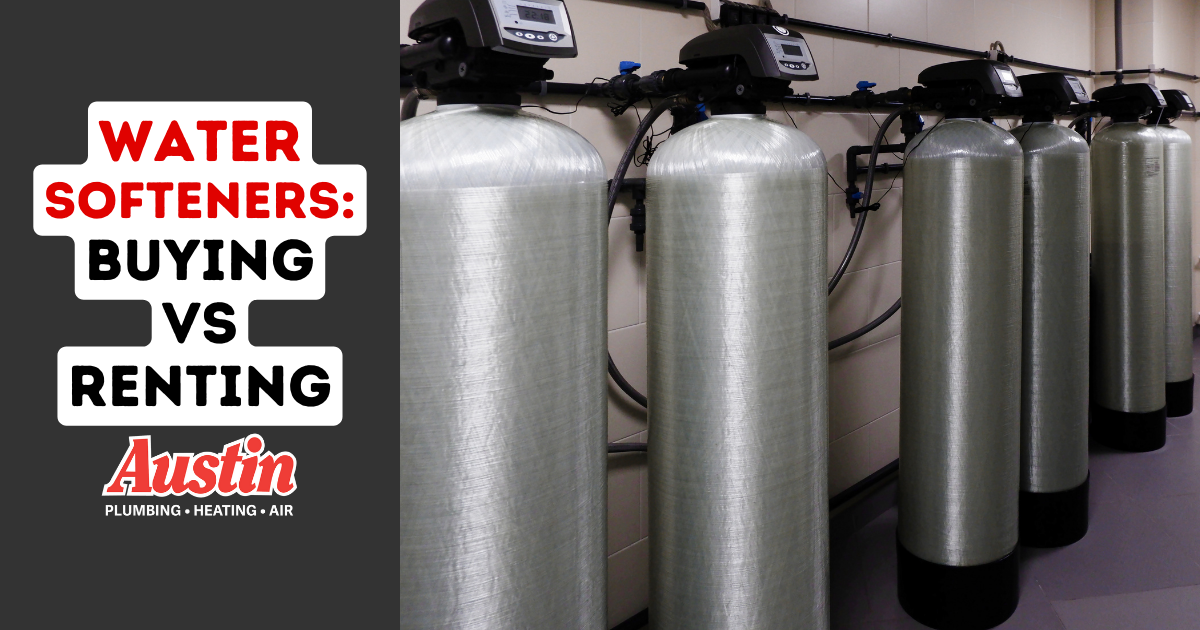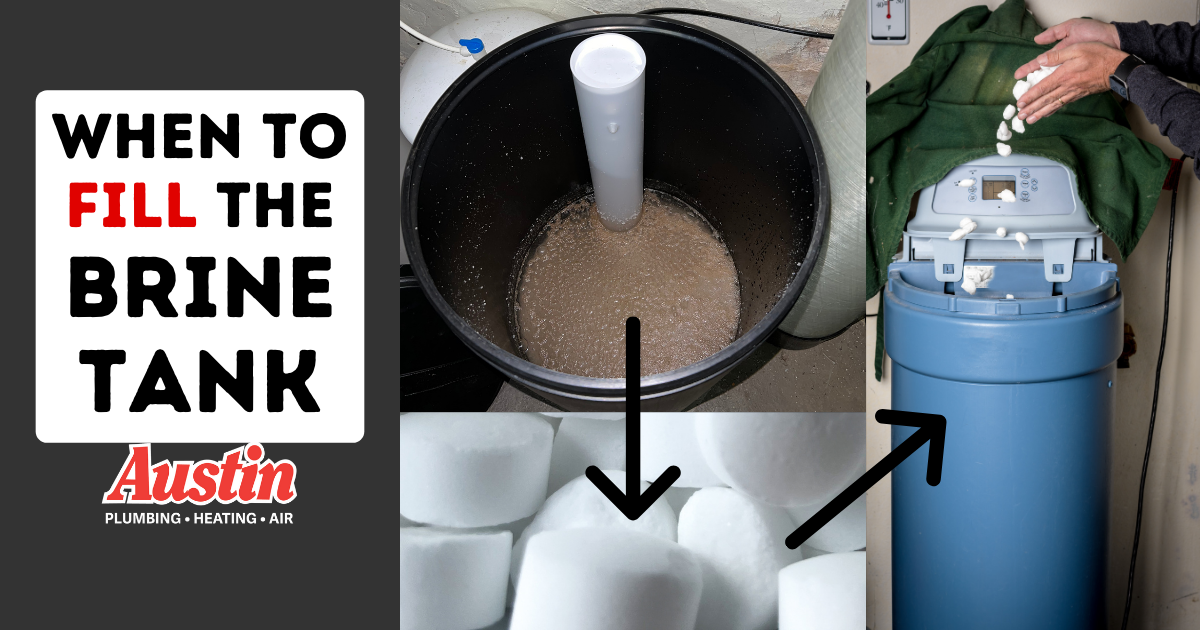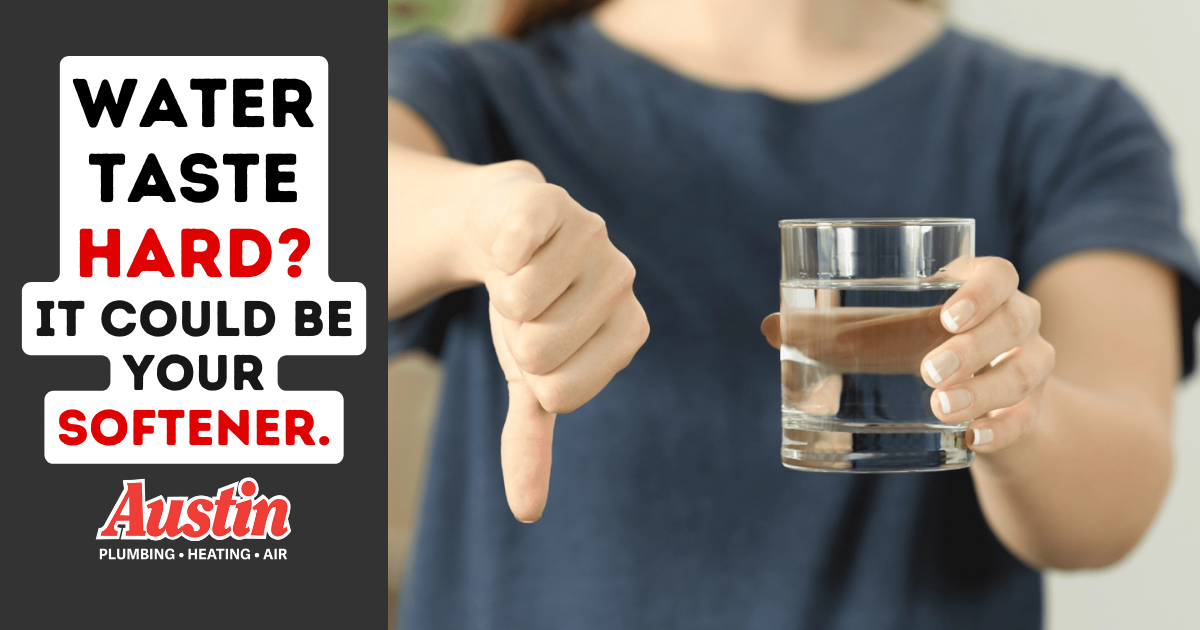Water Softener Installation Costs
Written by Eric Smith on . Posted in Water Softeners. No Comments on Water Softener Installation Costs
Water Softener Regeneration: Top 5 Frequently Asked Questions
Written by Eric Smith on . Posted in Water Softeners. No Comments on Water Softener Regeneration: Top 5 Frequently Asked Questions
Soft Water Waukesha: New Water, Old Problems
Written by Eric Smith on . Posted in Water Softeners. No Comments on Soft Water Waukesha: New Water, Old Problems
How Often Should Your Water Softener Regenerate?
Written by Eric Smith on . Posted in Water Softeners. No Comments on How Often Should Your Water Softener Regenerate?
Rent or Buy a Water Softener: Which Is Right for You?
Written by Eric Smith on . Posted in Water Softeners. No Comments on Rent or Buy a Water Softener: Which Is Right for You?
How Often to Add Salt to Your Water Softener
Written by Eric Smith on . Posted in Water Softeners. No Comments on How Often to Add Salt to Your Water Softener
Hard Evidence: Top 4 Indications Your Water Softener Needs Service
Written by Eric Smith on . Posted in Water Softeners. No Comments on Hard Evidence: Top 4 Indications Your Water Softener Needs Service
